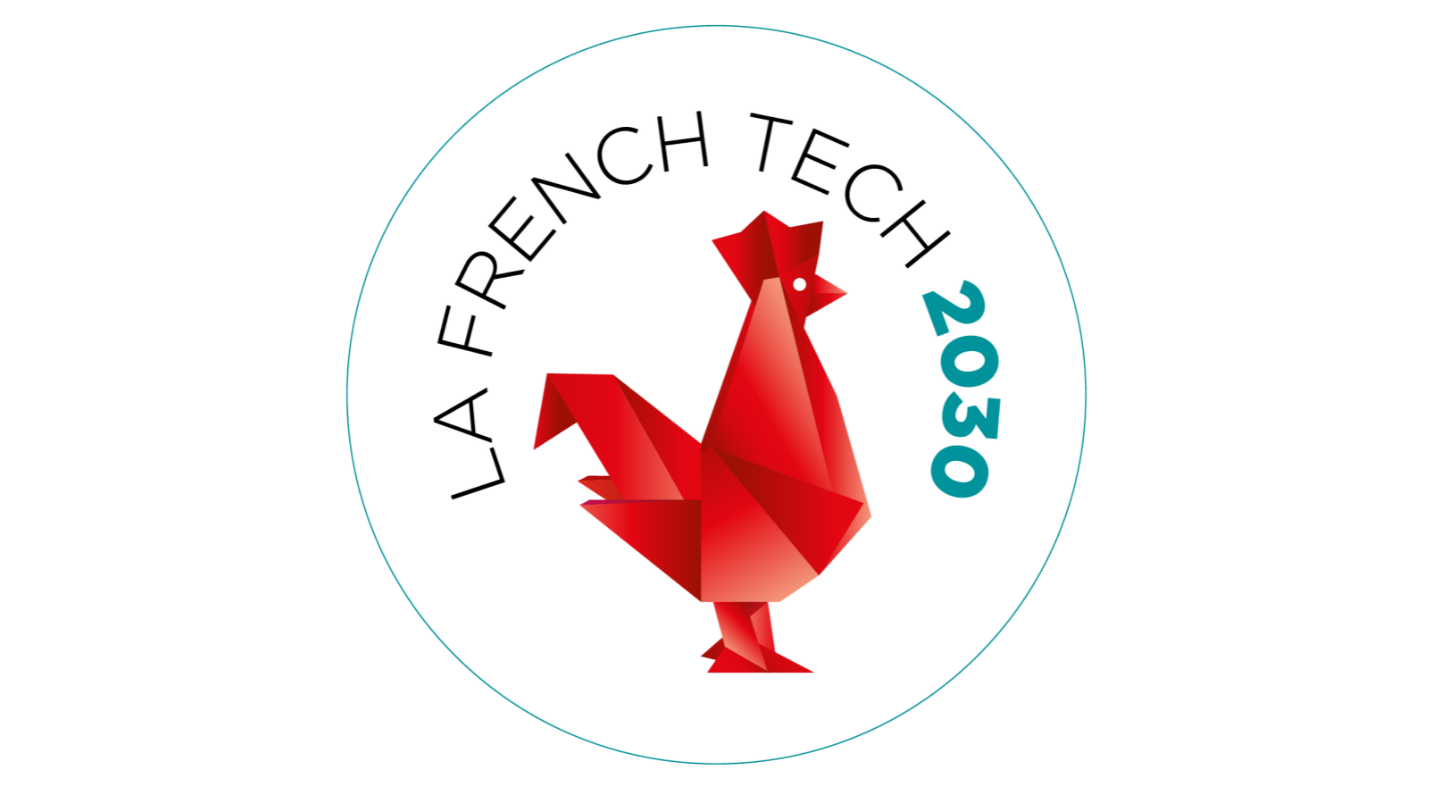A joint interview with Business Times: "Created a year ago by Antoine Moissenot and Alexandre Pasquiou, Neuralk-AI develops AI models that help data science teams improve their predictions across a range of concrete use cases"


While breakthroughs in text-based LLMs and computer vision models often dominate the headlines, the reality is that much of enterprise AI still relies on tabular data. From predicting customer churn to personalizing recommendations or optimizing pricing, machine learning (ML) on tabular datasets powers core business use cases that can play a crucial role in accelerating growth and boosting operational efficiency.
Yet, in practice, the tabular ML landscape remains highly fragmented: Training and evaluation datasets vary significantly in size, domain, and preprocessing methods. Evaluation protocols are often inconsistent, with results commonly reported on oversimplified academic tasks or synthetic datasets. This makes it difficult for data teams to assess the true generalization capacities and practical value of their models in real enterprise environments, often resulting in missed business opportunities and losses in performance.
To address these challenges, we’re excited to introduce TabBench, an open-source benchmark built by Neuralk-AI to evaluate tabular ML models on practical, real-world industry tasks, starting with commerce-related use cases.
TabBench offers for the first time a unified, open-source framework to evaluate model performance on industry-focused use cases, starting with the Commerce sector, such as product categorization, deduplication, and more.
Despite the dominant role of tabular data in real-world ML applications, many teams still face major setbacks when building, evaluating, and deploying tabular models that meet the specific needs of their use cases. TabBench is designed to address these challenges by offering:
To raise the standard of tabular ML performance for these real-world industrial use cases, we developed NICL (Neuralk In-Context Learning) — a novel Tabular Foundation Model designed to deliver state-of-the-art results on industrial predictive tasks.
The TabBench Dashboard gives you a first glance at the performance of NICL compared to classical ML approaches and existing Tabular Foundation Models.
As we see in the following plot, NICL is on par with TabICL in terms of ranking (a commonly used evaluation metric to assess model robustness across diverse datasets) on a classification task spanning 50 OpenML datasets, followed by TabPFNv2.**

In TabBench, each use case (e.g., product categorization) is broken down into a sequence of steps, organized into a Workflow that is end-to-end, from loading the dataset to getting the final predictions of a model.
One can quickly start experimenting with a TabBench Workflow by directly downloading via pip:
$ pip install tabbench
TabBench offers a built-in visualization tool that can be directly used within a notebook environment. With a single command, you can generate a clear, user-friendly diagram showing each Workflow step, its inputs, and its outputs, making the overall process easy to follow and debug.
Let's say you want to run Product Categorisation on a product catalog, using an XGBoost classifier.
You can do so by running this part of code:
from tabbench.workflow.use_casesimport Categorisation
use_case= Categorisation('best_buy_simple_categ')
use_case.notebook_display()
This will generate an interactive display like the one below, showcasing how TabBench effortlessly manages input-output data through a modular, step-by-step workflow. Try it yourself!
.png)
In the above example, for the Product Categorization use case with an XGBoost classifier, the process includes:
Each step in the workflow is fully parameterizable: users can easily swap out components (e.g., use LightGBM instead of XGBoost, or choose a different vectorizer or preprocessing technique) to match their specific use case or experimentation needs.
More generally, TabBench workflows follow a consistent structure across use cases, broken down into four main steps that can handle nearly any ML scenario:
To explore TabBench in more depth and train your first model on a Product Categorization task, check out one of our interactive notebooks here.
TabBench currently focuses on classification and categorization tasks with more use cases being added soon. You can explore all the results via the TabBench Dashboard, and dive deeper into the evaluation pipelines, implementation details, and contribution guidelines directly on our GitHub.
NICL will soon be available via API for inference and evaluation on your own tabular datasets! If you're interested in integrating it into your ML workflows or exploring how it performs on your custom use case, request early access here.
* Interested in evaluating your model or contributing to TabBench? Please consult our Contribute page.
** Industry datasets are not released as part of TabBench for privacy constraints and to avoid any contamination of the evaluation protocol.


.png)